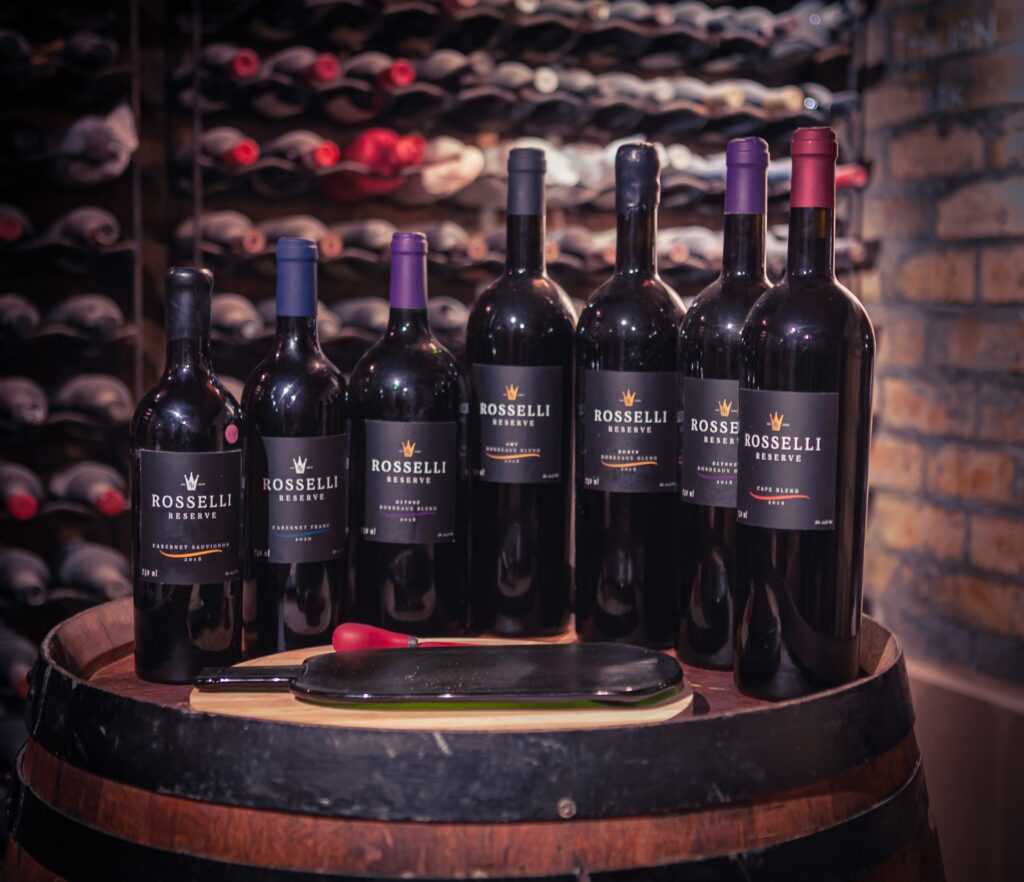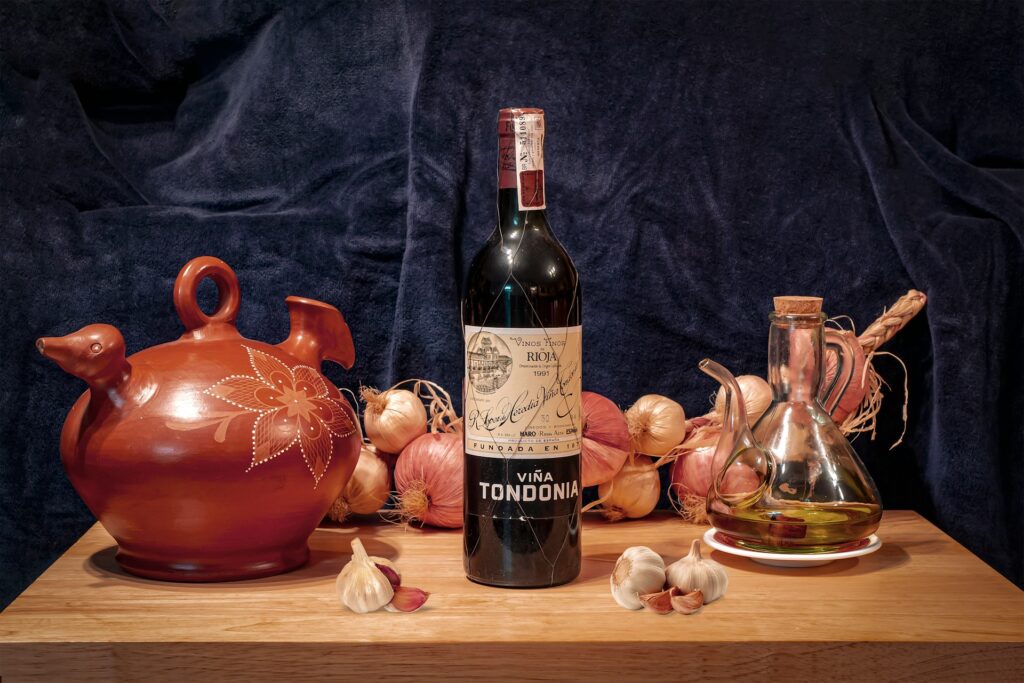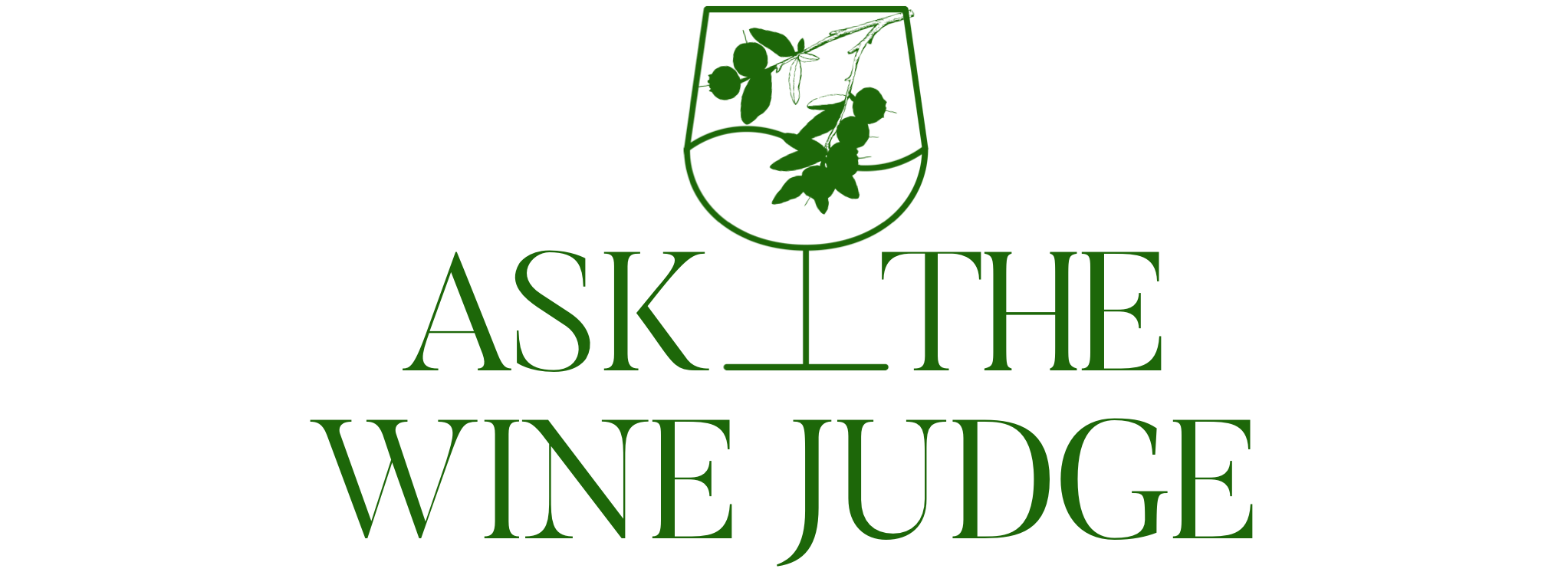Table of Contents
The enigmatic world of wine can be as thrilling as it is daunting. Wine lovers are often greeted with many choices, from cabernet sauvignon to the sauvignon blanc, each offering complex flavors that tantalize the palate. Have you ever wondered why Pinot Noir is best enjoyed at room temperature or why sparkling wines are served cold? Or perhaps you’re curious about how the shape of the glass can enhance your sip of wine. In this guide, we’ll explore these queries, ensuring that you savor wine at the proper temperature and pair your wine with the right food for an experience that will be sipped and savored.
Preparing to Savor Your Wine
Before the first drop touches your lips, preparing to savor your wine is a step that can greatly enhance your enjoyment. From achieving the ideal serving temperature to choosing the right glassware, these preliminary actions set the stage for a memorable tasting experience. Are you prepared to take these considerations into account and elevate your wine-drinking experience?
Achieving the Ideal Serving Temperature
Serving wine at optimal temperature is key to unlocking its full bouquet of aromas and flavors. A common rule of thumb is to let reds warm up to room temperature for about 15 minutes, while whites may need a good 10 minutes in the refrigerator before reaching their ideal degrees Fahrenheit. This careful calibration ensures that each varietal can express its character fully. Have you noticed the difference temperature makes when you take that first sip?
Guidelines for Chilling Whites and Warming Reds
It’s fascinating how grape juice, once transformed into wine, requires such specific conditions to be fully appreciated. White wines, for instance, generally taste best when chilled between 45-50 degrees, which allows their crispness and acidity to shine. On the other hand, red wines, especially full-bodied ones, tend to reveal their depth of flavor at slightly warmer temperatures, around 60-65 degrees. Have you ever chilled a white too much or served a red too warm and noticed the flavors seemed muted?
Adjusting the temperature of your wine is not an exact science, and often personal preference can play a role. However, following these guidelines can serve as a starting point for discovering how temperature affects the nuances of each wine. Whether storing bottles in a cellar or simply using your kitchen fridge, paying attention to temperature can make all the difference. So, how will you ensure your next glass is served at its ideal temperature?

Decanting Wine
Decanting wine, particularly a chenin blanc or a robust red, allows it to aerate the wine, enhancing its flavor and aroma. This simple process can also separate any sediment, ensuring a smooth drinking experience. Have you ever decanted a wine and noticed a transformation in its taste?
When and Why to Decant Your Wine
Decanting wine can seem like a ritual reserved for connoisseurs, but it’s an accessible practice that can benefit many wines. By allowing the wine to breathe, you give it time to oxidize and the flavor to fully develop. It’s particularly beneficial for older wines, which may have accumulated sediment over time. But even younger wines can open up and reveal more complex flavors through decanting.
The when and why of decanting are often based on the type of wine and its age. A young, tannic red might need an hour to soften, while an older vintage might require careful handling to avoid disturbing the sediment. The key is to pour slowly and steadily, allowing the wine to glide down the sides of the decanter. This gentle exposure to air can make all the difference in your tasting experience. So, are you ready to experiment with decanting and see what it reveals in your favorite wines?
The Role of Glassware in Wine Enjoyment
The glassware you choose is not just a vessel; it’s a tool that can enhance or detract from your wine’s flavor. Wine glasses are typically designed to complement the characteristics of different wine styles. Are you using the right glass to maximize your wine’s potential?
Red Wine Glasses vs White Wine Glasses: A Comparison
Red wine glasses and white wine glasses are crafted to accentuate the distinct attributes of each wine type. Red wine glasses usually feature a larger bowl to allow the wine to oxidize and develop its flavors fully. In contrast, glasses for white wine often have narrower bowls with tapered openings to concentrate the delicate aromas and maintain a cooler temperature. Have you ever tried drinking white wine from a red wine glass and noticed how it changes the experience?
While the shape of the glass might seem a mere aesthetic choice, it’s actually grounded in science and tradition. The broader surface area in red wine glasses allows more oxygen to interact with the wine, which is vital for unlocking the intricate flavors and softening tannins. White wine glasses, by comparison, preserve the freshness and bouquet of the wine, enhancing your enjoyment with every sip.
The Debate: Stems or Stemless Wine Glasses?
The debate between stems and stemless wine glasses is one of both style and function. Traditionalists argue that stems prevent the warmth of your hand from affecting the wine’s temperature, thus preserving its intended flavor profile. Stemless glasses, on the other hand, have gained popularity for their modern look and ease of handling. Have you ever found yourself preferring one over the other based on the wine you’re drinking or the setting?
Ultimately, the choice between stemmed and stemless glasses comes down to personal preference and the context in which the wine is enjoyed. While stemless glasses might be more practical for casual gatherings, stemmed glasses can add an element of elegance to more formal occasions. And when it comes to tasting, the design and material of the glass can be just as influential as the presence of a stem. So, what will be your go-to glass the next time you pour a glass of wine?
Swirling, Sniffing, and Sipping
Ever wonder why wine lovers always swirl their glasses before taking a sip? It’s not just for show! Swirling wine in the glass exposes it to more oxygen, which helps to release the aromas. Try swirling your next glass gently, then take a quick sniff. What do you notice? Does the scent of the wine change after swirling? Now take a sip, let the wine linger on your tongue, and think about the flavors you’re experiencing. Are they fruity, floral, or maybe even spicy?
So how do you swirl your wine? To start, place your glass on a flat surface and gently move it in small circles. This allows more air to mix with the wine, which amplifies its scent. Have you ever noticed how the aroma of a wine can evoke memories or emotions? That’s because the sense of smell is closely linked to memory and feeling. Give it a try, and you may be surprised at what memories come flooding back with each whiff of your wine.
It’s fascinating how a little air contact can reveal layers of complexity in a wine’s bouquet. Next time you pour yourself a glass, pay attention to the initial aromas before swirling. Then after swirling, sniff again. Can you detect any new scents that weren’t apparent at first? Perhaps that Sauvignon Blanc starts to give off hints of citrus or grass. Swirling isn’t just for red wines; white wines can also reveal hidden secrets with a good swirl. So, don’t be shy—give your glass a gentle twirl and explore the enhanced bouquet!
Wine Tasting Notes
When you hear someone talk about the ‘notes’ of a wine, they’re referring to the individual flavors and aromas that make up its profile. For beginners, identifying them can seem daunting. But don’t worry, you’ll get the hang of it with practice! Start by taking small sips and thinking about what flavors stand out. Is there a hint of berries or a touch of oak? Each wine is a unique composition, just like a song with different notes coming together to create harmony. What notes can you pick out from your glass?
Remember, there’s no right or wrong when it comes to what you taste in a wine. Your palate is unique, and what you detect in a wine might be different from what others taste. A tip to help you identify these notes is to think about the foods and smells you are already familiar with. Does that red wine remind you of a bowl of ripe cherries or a piece of dark chocolate? Are you getting a whiff of vanilla or almond? Jotting down your thoughts can be a fun way to keep track of the wines you’ve tried and what you liked about them. Why not start a wine journal and see how your tasting notes evolve over time?
Wine and Dine: Pairing Strategies
Pairing wine with food can feel like a fine art, but it’s really about finding a balance that complements the meal and the wine. Think of it like a dance where both partners move in harmony. A big, bold Cabernet Sauvignon might pair wonderfully with fatty meats, while a crisp Chardonnay could complement a delicate fish dish. Have you ever tried a spicy dish with a sweet Riesling? The sweetness can cool the heat! Remember, the goal is to enhance the dining experience, so have fun with it, and don’t be afraid to experiment with different combinations.

Classic Pairings for Red, White, Rose, and Sparkling Wines
Classic pairings are a great starting point for any wine enthusiast. They’ve stood the test of time for a reason! A full-bodied red wine like a Cabernet Sauvignon is often paired with red meats, while a light and crisp white wine such as Pinot Grigio goes well with seafood. Have you ever sipped a dry Rosé with a fresh summer salad? The wine’s bright acidity complements the light, fresh flavors of the greens. And let’s not forget sparkling wines—these bubbly beauties are perfect with salty appetizers, making them a hit at parties. Why not plan a dinner where each course is paired with a different type of wine and discover which pairings you enjoy the most?
Rosé wines, often overlooked, can be incredibly versatile for food pairings. Imagine a warm afternoon, sipping on a chilled glass of Rosé with a platter of mixed olives and charcuterie. The wine’s refreshing quality cuts through the richness of the meats, creating a delightful contrast. And sparkling wines like Champagne or Prosecco can turn any meal into a celebration. Have you tried pairing sparkling wine with fried foods? The effervescence helps cleanse the palate between bites. So next time you’re unsure about what wine to choose, consider going with a classic pairing to enhance your meal.
Final Thoughts
As you reflect on the journey of wine discovery, consider how the simple act of swirling your glass can enrich the experience, releasing the full spectrum of aromas and flavors. But remember, even the most experienced wine enthusiast started as a novice, embracing the learning curve with each bottle opened. What new insights will you uncover as you explore more wine bottles?

Sed non elit aliquam, tempor nisl vitae, euismod quam. Nulla et lacus lectus. Nunc sed tincidunt arcu. Nam maximus luctus nunc, in ullamcorper turpis luctus ac. Morbi a leo ut metus mollis facilisis. Integer feugiat dictum dolor id egestas. Interdum et malesuada fames ac ante ipsum primis in faucibus.




